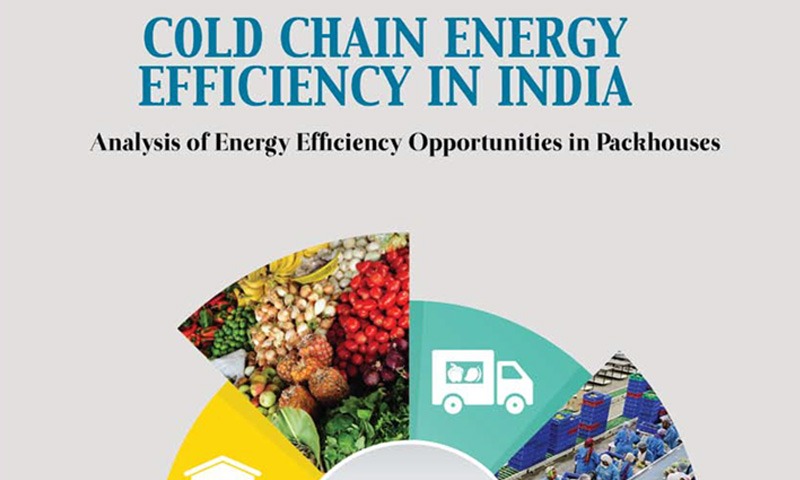What is energy efficiency
Energy efficiency refers to the practice of using energy resources in a way that minimizes energy waste and maximizes the output or desired outcome. It involves reducing energy consumption while maintaining or even improving the performance and functionality of systems, appliances, buildings, or processes.
Energy efficiency aims to achieve the same level of output or service while using less energy. By optimizing energy use, energy efficiency helps reduce greenhouse gas emissions, conserve natural resources, and lower energy costs. It is a key strategy in mitigating climate change, promoting sustainable development, and achieving energy sustainability.
In various sectors, energy efficiency measures can be implemented, such as:
- Buildings: Energy-efficient building design involves utilizing insulation, efficient windows, and heating, ventilation, and air conditioning (HVAC) systems. It also includes energy-efficient lighting, appliances, and equipment, as well as proper building orientation and shading to minimize energy consumption for heating, cooling, and lighting.
- Transportation: Energy-efficient transportation focuses on technologies and practices that reduce fuel consumption and emissions. This includes fuel-efficient vehicles, hybrid and electric vehicles, public transportation systems, carpooling, biking, and walking.
- Industry: Energy efficiency in industries involves optimizing processes, equipment, and systems to minimize energy waste. This can be achieved through the use of efficient machinery, heat recovery systems, process optimization, and the implementation of energy management systems.
- Appliances and Electronics: Energy-efficient appliances and electronics consume less energy during operation. This can be achieved through improved technology, energy labels, and standards that encourage the development and adoption of energy-efficient products.
- Renewable Energy Integration: Energy efficiency complements the integration of renewable energy sources by reducing overall energy demand. By implementing energy-efficient practices, the need for energy generation and the associated environmental impacts can be minimized.
Benefits of Energy Efficiency:
- Reduced Energy Costs: Energy efficiency measures can lead to significant cost savings on energy bills for individuals, businesses, and industries.
- Environmental Benefits: By reducing energy consumption, energy efficiency helps lower greenhouse gas emissions and decreases the environmental impact associated with energy generation.
- Energy Security: Energy efficiency reduces dependence on fossil fuel resources and enhances energy security by utilizing existing energy supplies more effectively.
- Economic Stimulus and Job Creation: Implementing energy efficiency measures can stimulate economic growth and create jobs in various sectors, such as construction, manufacturing, and renewable energy industries.
- Improved Comfort and Productivity: Energy-efficient buildings and appliances often provide better comfort and indoor air quality, contributing to improved occupant well-being, productivity, and satisfaction.
Overall, energy efficiency is a vital component of sustainable energy management. It focuses on optimizing energy use and reducing waste, leading to economic, environmental, and social benefits for individuals, businesses, and society as a whole.
Energy efficiency in India
Energy efficiency in India is a crucial aspect of the country’s sustainable development and energy security goals. India, as one of the world’s fastest-growing economies, has recognized the importance of reducing energy consumption, improving energy efficiency, and promoting sustainable energy practices. Here are some key aspects of energy efficiency in India:
- Government Initiatives: The Government of India has launched several initiatives and programs to promote energy efficiency. The Bureau of Energy Efficiency (BEE) is the nodal agency responsible for implementing energy efficiency measures and standards across various sectors. The National Mission for Enhanced Energy Efficiency (NMEEE) aims to achieve energy intensity reduction in the industrial, agricultural, commercial, and residential sectors.
- Energy Efficiency in Buildings: India has implemented the Energy Conservation Building Code (ECBC), which sets standards for energy-efficient design and construction of commercial buildings. The ECBC mandates efficient lighting, HVAC systems, building envelope, and energy management systems. The BEE also conducts awareness campaigns and provides energy audit services to promote energy-efficient practices in buildings.
- Appliances and Equipment Standards: The BEE has implemented energy labeling and efficiency standards for various appliances and equipment, including air conditioners, refrigerators, lighting products, and industrial equipment. The star rating system enables consumers to make informed choices and encourages manufacturers to produce more energy-efficient products.
- Industrial Energy Efficiency: The Perform, Achieve, and Trade (PAT) scheme is a market-based mechanism that incentivizes energy-intensive industries to improve energy efficiency and reduce energy consumption. The scheme sets energy reduction targets for designated industries and allows them to trade energy-saving certificates.
- Agricultural Sector: India’s agricultural sector is a significant consumer of energy. Initiatives such as the Energy Efficiency in Agriculture Scheme aim to promote energy-efficient practices in irrigation systems, pumping stations, and other agricultural processes. Adoption of energy-efficient pumps and efficient irrigation techniques is being encouraged.
- Street Lighting: The Street Lighting National Program (SLNP) focuses on replacing conventional street lights with energy-efficient LED lights. This initiative helps reduce energy consumption, lower maintenance costs, and improve public safety.
- Energy Conservation Awareness: The BEE conducts energy conservation awareness campaigns targeting various stakeholders, including industries, government institutions, commercial establishments, and the general public. These initiatives raise awareness about the benefits of energy efficiency and promote energy-saving habits.
- Financing Mechanisms: The government, along with financial institutions, provides financial incentives and mechanisms to promote energy efficiency. These include low-interest loans, energy efficiency funds, and tax benefits for implementing energy-efficient technologies.
The adoption of energy efficiency measures in India contributes to multiple benefits, including reduced energy bills, improved energy security, reduced greenhouse gas emissions, and economic growth through job creation. However, challenges such as awareness, capacity building, and implementation remain, and continuous efforts are needed to scale up energy efficiency practices across all sectors of the Indian economy.

